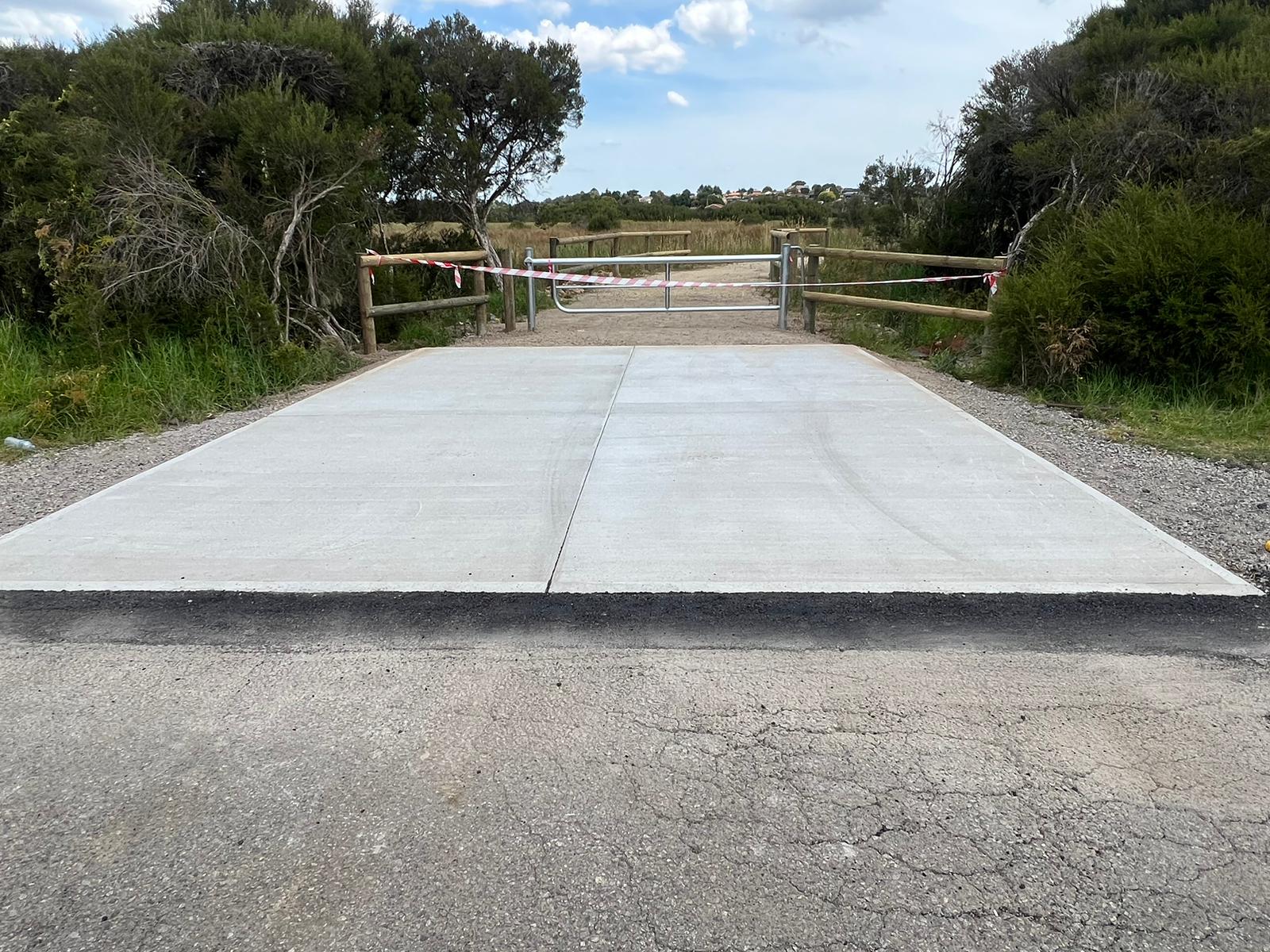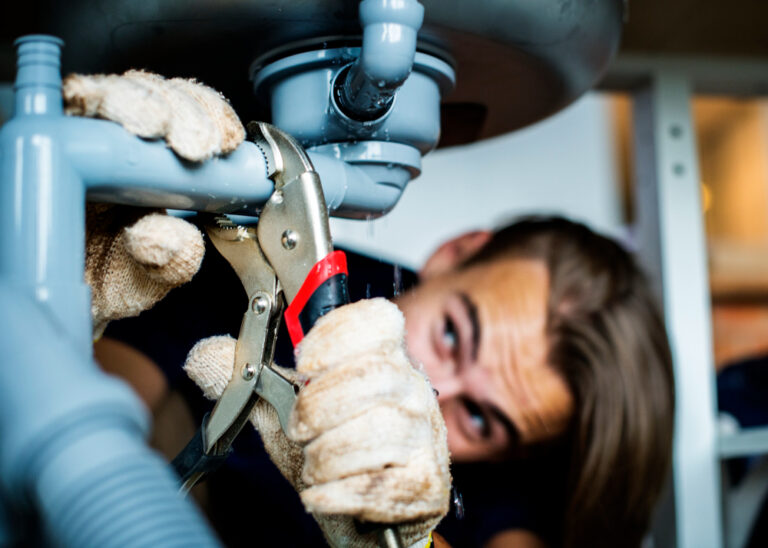When considering the installation of a new driveway, concrete emerges as a standout choice for many homeowners in Melbourne due to its robustness, longevity, and minimal upkeep. Choosing to install a concrete driveway is not only a practical decision but also improves curb appeal and can potentially increase your property’s value. However, such an undertaking requires thoughtful planning and attention to several crucial factors to ensure that the finished driveway meets your aesthetic expectations, budgetary constraints, and functional needs.
Melbourne’s variable climate, featuring wet winters and hot summers, demands careful selection of materials and construction methods to avoid common problems such as cracking and deterioration over time. Additionally, local council regulations can vary significantly, requiring permits and adherence to specific construction standards. From selecting the right mix of concrete to choosing an experienced contractor, every step in the process contributes to the success of your project.
This guide is designed to offer you a detailed examination of the essential factors to consider when planning a concrete driveway in Melbourne. Whether you are replacing an old driveway or installing a new one, understanding these elements will help you navigate the complexities of the project and achieve a durable, attractive result that complements your home and serves you well for many years to come.
- Local Climate Considerations
Melbourne’s climate is characterised by its variability, with hot summers, cold winters, and occasional heavy rainfalls. These conditions can pose challenges for various types of concrete driveways, which must be designed to withstand such extremes.
Impact of Climate on Concrete:
Concrete is susceptible to cracking from thermal expansion and contraction caused by Melbourne’s temperature fluctuations. Moisture from rain and humidity can also penetrate concrete, leading to potential freeze-thaw damage in colder months. Sun exposure during Melbourne’s hot summers can accelerate the deterioration and fading of poorly protected surfaces.
Tips for Ensuring Durability:
- Choose the Right Mix: Opt for a concrete mix that includes air entrainment, which helps to manage moisture and prevent cracking by improving the material’s resistance to freeze-thaw cycles.
- Proper Installation: Ensure that the concrete is correctly poured and jointed. Control joints help to manage the natural expansion and contraction of the concrete, reducing the risk of random cracking.
- Sealing the Concrete: Applying a high-quality sealer can protect the driveway from moisture absorption, UV rays, and chemical stains. This sealing should be reapplied every few years depending on the level of exposure and wear.
- Adequate Drainage: Design the driveway with a slope that promotes water runoff, and consider installing drainage solutions to prevent water pooling, which can lead to surface breakdown and under-slab erosion.
By taking into account these local climate considerations and implementing robust construction practises, you can significantly extend the life and appearance of your concrete driveway in Melbourne.
2. Legal and Council Regulations
When planning to install a concrete driveway in Melbourne, it’s crucial to comply with local council regulations and legal requirements. These ensure that your driveway is constructed safely, efficiently, and without infringing on public or private boundaries.
Necessary Permits and Approvals:
Before you break ground, check with your local Melbourne council to obtain the necessary permits. This usually requires submitting detailed construction plans that outline the dimensions, materials, and exact placement of the driveway. Each council may have different requirements based on local zoning laws, safety regulations, and urban planning objectives.
Common Restrictions and Guidelines to Consider:
- Property Boundaries: Your driveway must be built within your property lines. Encroaching on public land or adjacent properties can lead to legal issues and possible reconstruction.
- Driveway Specifications: Councils often specify limits on the width and length of driveways to ensure they do not hinder public access or safety. These regulations also ensure adequate access for emergency vehicles.
- Environmental Compliance: In certain areas, environmental considerations such as stormwater management may dictate the use of specific, permeable materials to reduce runoff.
- Heritage and Aesthetic Constraints: If your property is in a heritage-listed area, additional restrictions might govern materials and designs to maintain the neighbourhood’s historical integrity.
Following these guidelines ensures compliance with legal standards and enhances the safety and aesthetic appeal of both your property and the community. Always engage with your local council early in the planning process to understand and integrate these requirements effectively.
3. Design and Aesthetics
A well-designed concrete driveway not only enhances the functionality of your home but also its curb appeal. In Melbourne, where property aesthetics play a significant role in home valuation, choosing the right design and finish for your concrete driveway can make a substantial difference.
Exploring Different Design Options:
Concrete driveways are available in a range of finishes that can be customised to match your preferences and enhance the style of your home:
- Stamped Concrete: This option allows for patterns and textures that mimic other materials like brick, slate, flagstone, or even wood. Stamped concrete is ideal for adding a decorative touch to your driveway while maintaining the durability and low maintenance of concrete.
- Coloured Concrete: Through the use of dyes or pigments, concrete can be coloured to match or contrast your home’s exterior. This approach can significantly improve the visual harmony between your driveway and your home.
- Polished Concrete: For a contemporary, sleek appearance, polished concrete provides a smooth, high-luster finish that stands out for its clean lines and reflective surface.
Matching Driveway with Home’s Architecture:
To ensure that your driveway complements your home, consider the following tips:
- Coordinate Colours: Choose colours that either match or complement the existing colours of your home’s exterior. For a cohesive look, you can pick up hues from your roof, walls, or trim.
- Reflect Architectural Style: Align the driveway’s design with your home’s architectural style. For instance, a stamped finish with a natural stone pattern could suit traditional homes, while polished concrete might better suit contemporary or modern homes.
- Consider the Landscape: Integrate your driveway into the surrounding landscape. Use borders or edging that align with your garden’s style or include greenery along the driveway to soften the transition between the driveway and your home.
By thoughtfully choosing the design and aesthetics of your concrete driveway, you can enhance the overall appearance of your property and ensure that it adds both functional and visual value to your home.
4. Preparation and Installation
Installing a concrete driveway involves meticulous preparation and careful execution to ensure its longevity and functionality. Here’s a step-by-step guide on the preparation process, along with key factors that affect the longevity of the installation:
Step-by-Step Preparation Process:
- Site Assessment: Begin by assessing the site for any existing structures, slopes, and soil conditions. This step is crucial for planning effective drainage and the overall layout.
- Clearing the Site: Remove any debris, plants, or old paving materials. The area should be cleared and levelled to create a stable base for the concrete.
- Subgrade Preparation: Ensure the subgrade (soil beneath the driveway) is compacted and levelled. Proper subgrade preparation prevents settling and water accumulation beneath the concrete.
- Base Material: Lay a base of crushed rock or gravel and compact it thoroughly. This layer creates a stable base and assists with drainage, preventing water from accumulating beneath the concrete.
- Formwork Installation: Set up formwork around the edges of the planned driveway. These temporary structures hold the concrete in place while it sets and ensure that the edges are clean and precise.
- Reinforcement Placement: Depending on the expected load and traffic, install steel reinforcing mesh or rebar within the formwork. This step is essential for enhancing the structural integrity and minimising cracking.
Important Installation Factors Affecting Longevity:
- Concrete Quality: Use a high-quality concrete mix suitable for Melbourne’s climate. The mix should have the right proportion of cement, sand, aggregate, and water.
- Proper Curing: Concrete needs time to cure gradually and gain strength. Keep the surface moist for at least a week after pouring. Curing compounds can also be applied to help the process.
- Joint Placement: Control joints should be strategically placed to allow for thermal expansion and contraction. Proper jointing prevents random cracking by directing the cracks to occur at predetermined locations.
- Weather Conditions: Avoid pouring concrete in extreme weather conditions. Ideal temperatures for concrete setting are between 10°C and 20°C. High heat can cause the water in the mix to evaporate too quickly, while cold weather can slow down the curing process.
5. Cost Considerations
Understanding the financial aspects of installing a concrete driveway in Melbourne is crucial for effective budgeting and planning. Here’s a breakdown of the estimated cost range and the factors that can influence the total expense.
Estimated Cost Range:
The cost of installing a concrete driveway in Melbourne is based on several factors, including the size of the driveway, the type of concrete used, and any decorative finishes.
Factors Influencing Cost:
- Size of the Driveway: The total area of the driveway is the most straightforward factor affecting cost. Larger driveways require more materials and labour, increasing the overall expense.
- Design and Complexity: Simple, straight driveways cost less than those with intricate patterns or curves. Complex designs require more labour and expertise, which can significantly raise costs.
- Type of Concrete: The choice of concrete type impacts the price. Standard concrete is the most economical option, whereas reinforced or speciality concretes like coloured or stamped concrete are more expensive due to additional materials and labour involved.
- Finishes and Additives: Decorative finishes such as stamping, colouring, or polishing increase costs. Additionally, additives to improve durability and manage curing times also add to the expense.
- Preparation Work: The condition of the existing site can affect costs. If extensive excavation, tree removal, or grading is necessary before laying the concrete, these preparatory steps will add to the total cost.
- Labour Rates: The cost of labour can vary depending on the contractor’s experience and reputation. Choosing skilled, reputable contractors often means a higher initial cost but can result in better quality and durability, potentially saving money on repairs and maintenance.
Understanding these cost factors can help you budget more accurately and make informed choices about the design and materials for your concrete driveway. It’s always a good idea to get multiple quotes from contractors to ensure you receive a competitive and fair price.
Choosing the Right Contractor
Selecting the right contractor is crucial to ensure your concrete driveway is expertly installed and remains durable for years. Here are key considerations to keep in mind when choosing a contractor especially when searching for concrete driveway specialists in Melbourne.
What to Look for in a Contractor:
- Licencing and Insurance: Confirm that the contractor, particularly those specialising in concrete driveways in Melbourne, is licenced to operate in your area and carries the necessary insurance. This protects you from liability in case of accidents or damage occurring during the project.
- Experience and Reputation: Seek a contractor who has substantial experience in installing concrete driveways. Assess their reputation by examining online reviews, testimonials, and requesting references. A solid history of successful projects typically reflects reliability and skilled workmanship.
- Portfolio of Past Work: A reputable contractor should be able to provide a portfolio of their previous projects. This can provide insight into their expertise and the quality of work you might expect, especially considering Melbourne’s distinct climate and regulatory landscape.
- Knowledge of Local Regulations: The contractor should be well-versed in local building codes and regulations. This is crucial for ensuring that your driveway is compliant with all legal requirements.
- Clear Communication: Select a contractor who communicates clearly and quickly. Clear communication is essential to avoid misunderstandings and ensuring that your project is completed to your specifications.
When planning a concrete driveway in Melbourne, careful consideration of various factors is essential for ensuring a successful and durable installation. From accounting for Melbourne’s diverse climate conditions to adhering to local legal requirements, every detail matters. Opting for the right design and materials, ensuring proper installation, and choosing a skilled contractor are all critical steps. By integrating these elements thoughtfully, you can enhance your property’s value and functionality with a driveway that stands the test of time. Remember, a thoughtfully designed concrete driveway not only enhances curb appeal but also improves the overall safety and accessibility of your home.







